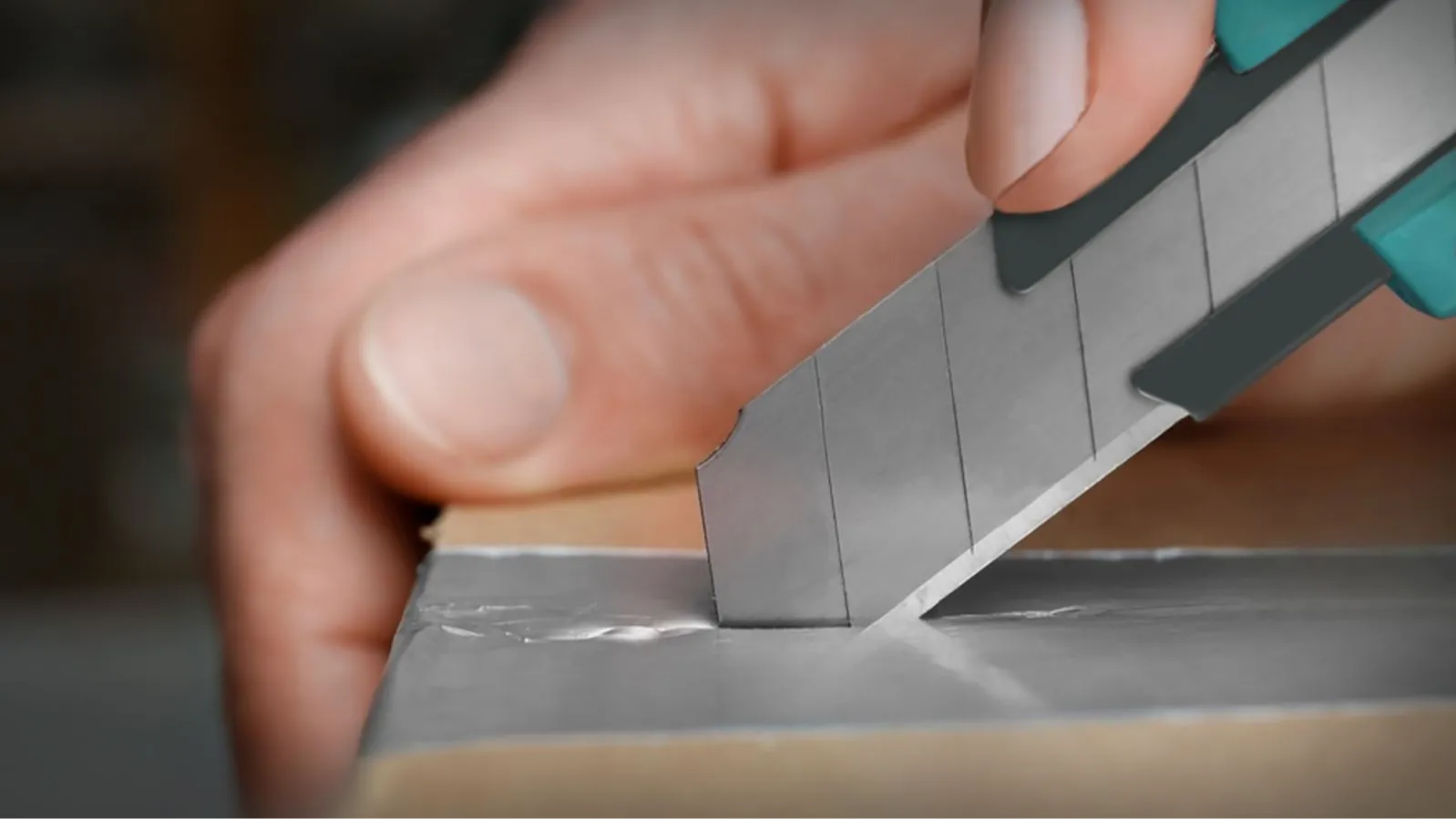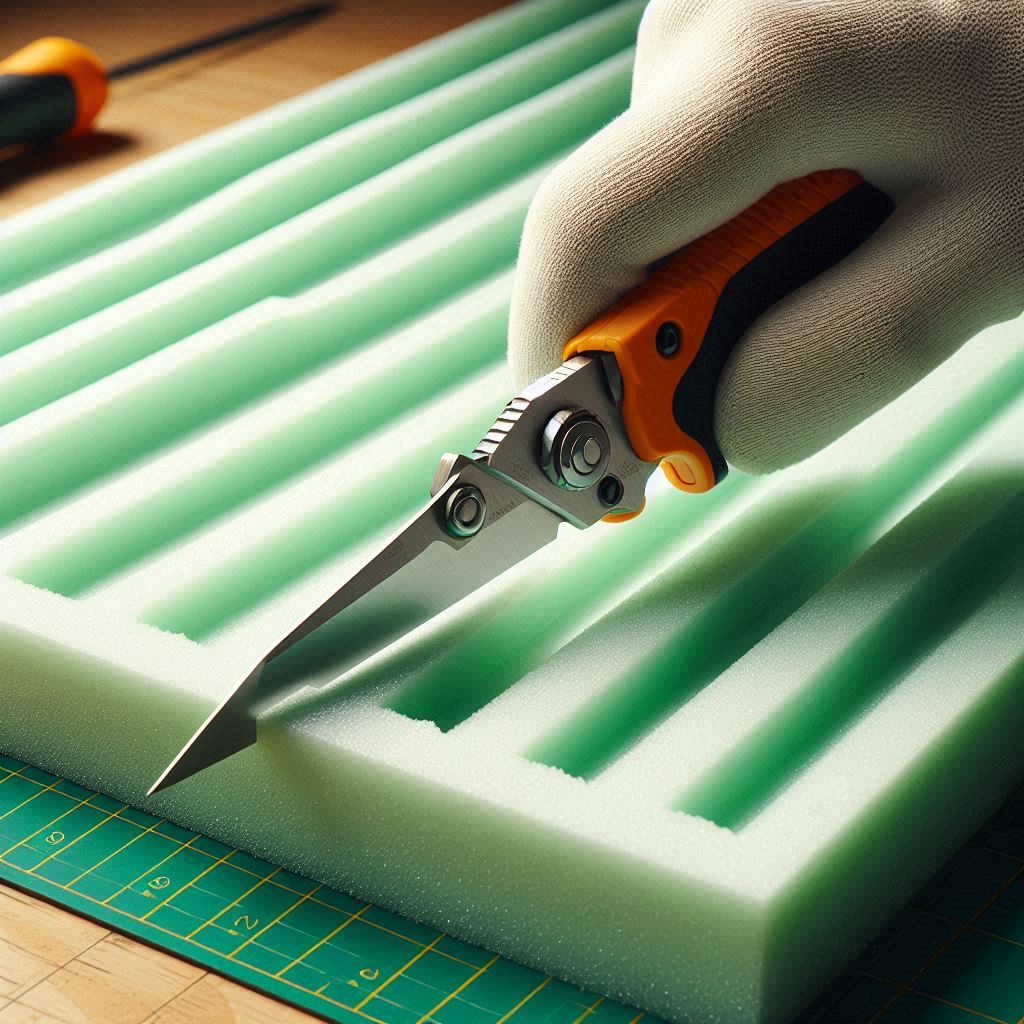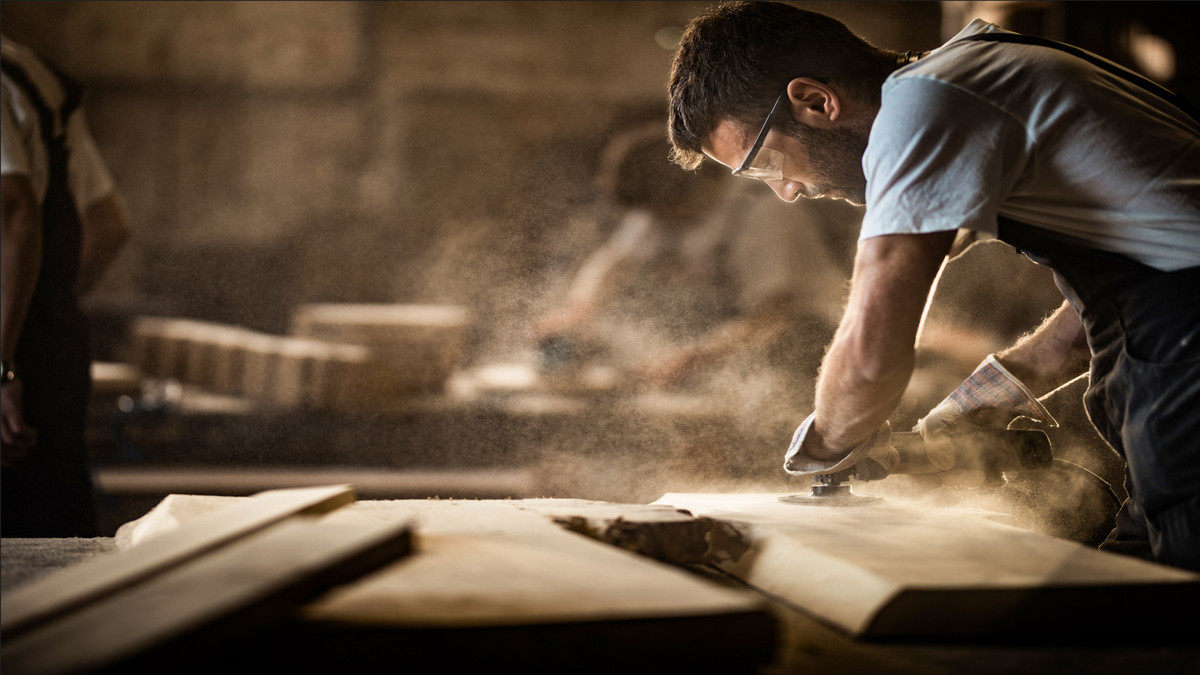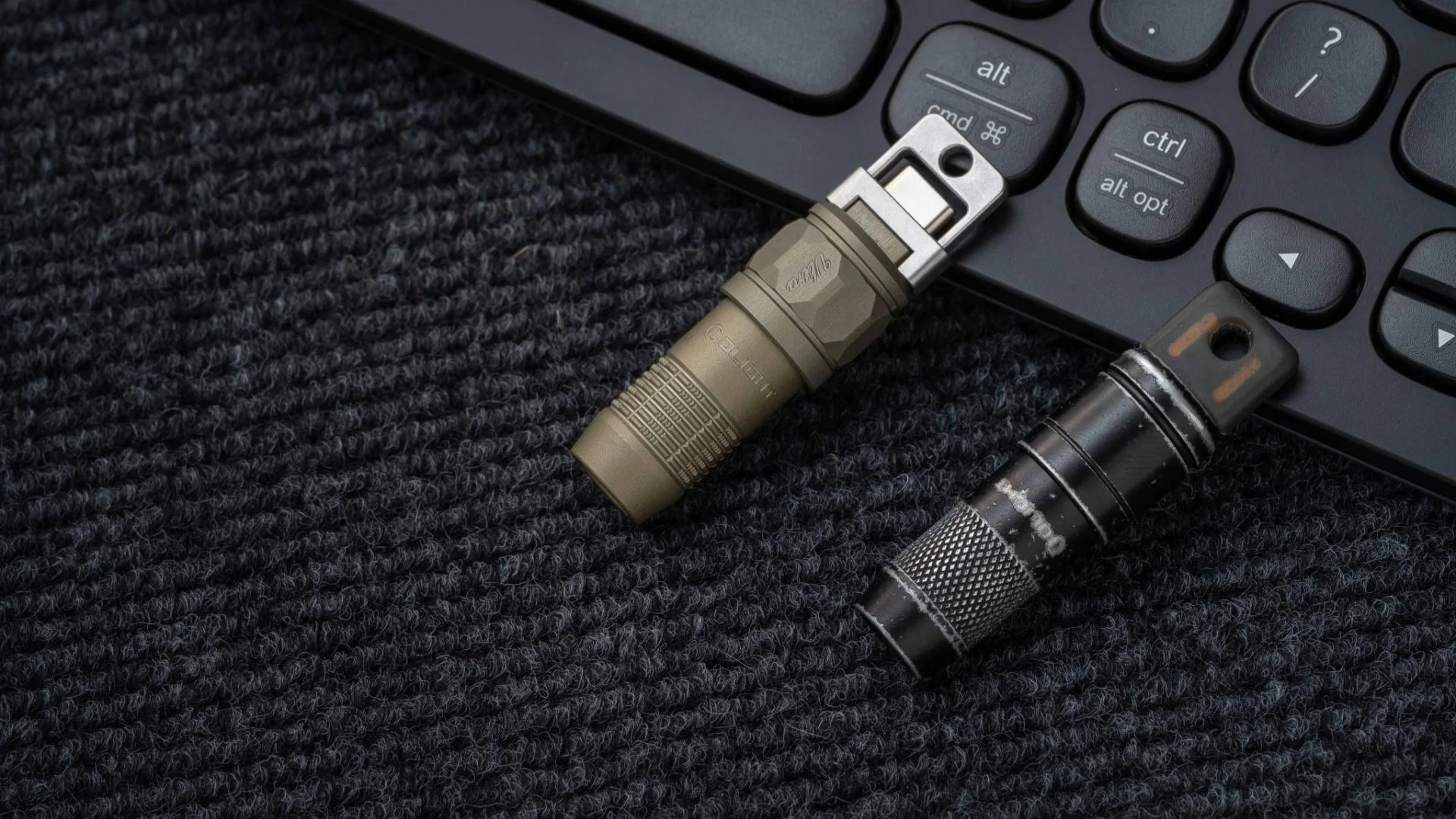Few tools are as versatile and indispensable as the utility knife. Compact, razor-sharp, and designed for precision, it’s a staple in homes, workshops, construction sites, and warehouses worldwide. But what makes this tool so universally relied upon? Let’s take a closer look.
Definition of a Utility Knife
A utility knife is a hand-held cutting tool designed for general-purpose use. It typically features a short, replaceable, or retractable blade made of hardened steel, and is engineered to cut through a wide variety of materials—from cardboard and rope to plastic and drywall.
In different regions, it may be referred to as:
- Box cutter (common in the US)
- Stanley knife (common in the UK, named after a popular brand)
- Carpet knife or razor knife (when used for specific trades)
Common Uses of a Utility Knife
The beauty of a utility knife lies in its versatility. Some common uses include:
- Opening packages and boxes
A utility knife makes quick work of cutting through packing tape, cardboard, and shrink wrap. Unlike scissors, its sharp blade glides through tough packaging with ease, saving both time and effort. It’s especially useful for people who frequently receive deliveries or work in shipping and logistics.

- Cutting carpet or vinyl flooring
When installing new flooring, precision cuts are essential. Utility knives are ideal for trimming carpet edges or cutting through vinyl sheets because they allow for clean, straight lines. Their retractable blades also make it safer to use on tough materials without damaging the underlying surface.

- Trimming wallpaper
Hanging wallpaper requires neat, accurate edges around corners, windows, and ceilings. A utility knife is perfect for trimming excess wallpaper to achieve a smooth, professional finish. Its sharp edge prevents tearing and ensures clean cuts, which is crucial for good results.

- Scoring drywall
In construction or home renovation, utility knives are often used to score drywall. By lightly cutting along a straightedge, the drywall can then be snapped cleanly along the line. This method is far quicker and easier than sawing, making utility knives a must-have for builders.

- Shaping foam or insulation
Utility knives excel at cutting softer materials like foam panels or fiberglass insulation. The thin, sharp blade slices neatly without crushing the material, which helps maintain proper fit and insulation performance. This makes them very useful in DIY projects and home improvement tasks.

- Craft and hobby work
Artists, model builders, and hobbyists often rely on utility knives for detailed cutting. Whether shaping cardboard, trimming paper, or working with light wood, the knife provides control and precision. Its versatility makes it an essential tool for creative projects.

- Cutting rope, plastic straps, and zip ties
Utility knives are also handy in workplaces, garages, or outdoor settings where ropes, straps, or zip ties need to be cut quickly. Unlike scissors, they can handle thicker or tougher materials in a single slice, which is especially useful during setup, packing, or emergencies.

Choosing the Right Utility Knife
When selecting a utility knife, consider:
- Blade type (replaceable, snap-off, or fixed)
- Grip comfort (rubberized handles reduce hand fatigue)
- Safety features (blade lock, retractable mechanisms)
- Material quality (stainless steel blades resist rust)
Utility knife may be small, but it’s one of the most practical tools you can own. Whether you’re a DIY enthusiast, a warehouse worker, or just someone who opens a lot of packages, having the right utility knife on hand can make your work faster, safer, and more efficient.
From cutting carpet to crafting, it’s a tool that truly lives up to its name—utility.






